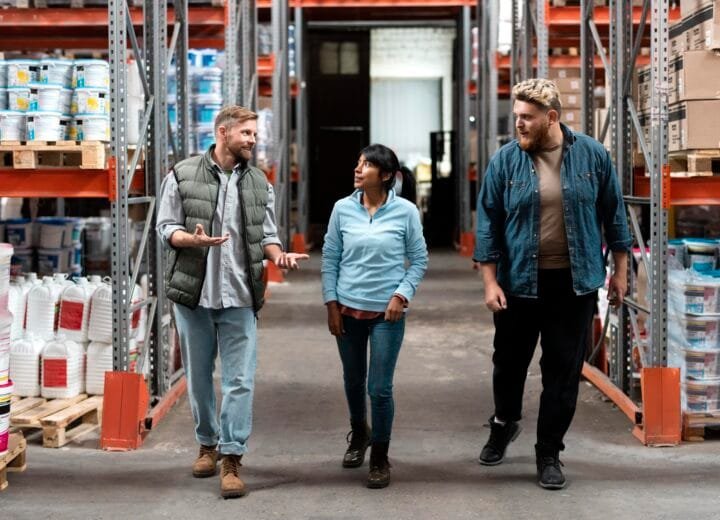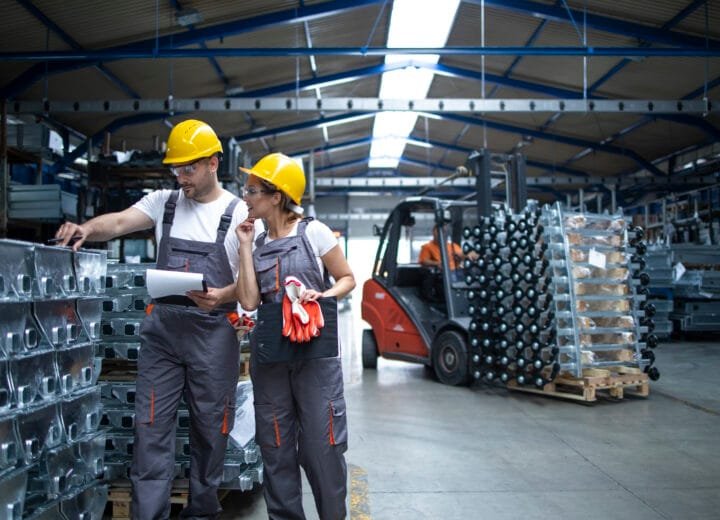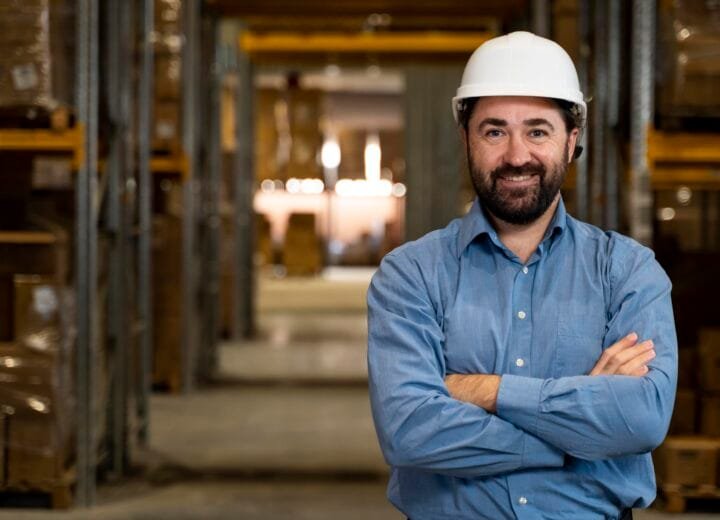Factory floors are full of movement—machines in rhythm, teams in motion, products flowing down the line. On the surface, everything looks fine. But dig a little deeper, and you might notice missed targets, unexpected delays, or teams pushing harder without visible gains in output.
When this happens, many companies jump straight to hiring more people, adding shifts, or buying new machinery. But the real issue might not be the people or the machines—it’s the layout.
A poorly designed layout silently chips away at productivity. It forces people to walk more, wait longer, or work around constraints that shouldn’t exist. And the cost of this inefficiency? Time, morale, and profit.
Whether you’re planning to expand your existing setup, start fresh with a greenfield project, or renovate your current facility, there’s one thing that ties them all together: the need for a strong, efficient, well-thought-out layout. And that’s where 15-Step Lean Facility Design approach becomes your practical guide.
Expanding Your Existing Plant?
When production demands grow, expanding the current setup often feels like the easiest path. But without a structured plan, expansions can quickly turn chaotic. Machines get squeezed in wherever there’s space. Workers zigzag across longer paths. Material flow becomes unpredictable.
The 15-step approach helps avoid that. It begins with training your core team and studying your existing processes thoroughly. The value stream mapping exercise ensures you know exactly how products move today—and how they should move tomorrow. That way, the expansion enhances flow instead of complicating it.
Planning a Greenfield Project?
A greenfield facility offers a clean slate. But it’s also where mistakes can be the costliest. Rushing into construction without a detailed process-to-layout connection results in long-term inefficiencies that are expensive to fix later.
With the 15-step method, you’re guided through every critical aspect—starting from understanding the product, process, and quality expectations. Then, flow management, capacity planning, manpower requirements, and supply chain integration are all aligned before the first brick is laid. The final outcome? A facility that’s designed to perform—not just to look good on paper.
Renovating an Old Plant?
Maybe your layout made sense ten years ago. But now, new products, changing customer demands, or upgraded machinery have outgrown the setup. Renovations offer a great opportunity to redesign the flow—but only if they’re done with clarity and intention.
This is where a structured roadmap helps. By revisiting current constraints through tools like value stream mapping and risk assessment, and by redesigning for lean flow, your renovation transforms into a real opportunity for improvement.
The 15-Step Lean Facility Design Approach: A Practical Roadmap
Let’s break it down into phases:
Phase 1: Laying the Foundation
-
Step 1: Training & Orientation
Align your internal team with lean principles and the approach ahead. -
Step 2: Product, Process & Quality Analysis
Understand what you make, how you make it, and where quality gets impacted. -
Step 3: Value Stream Mapping
Visualize how value flows today and spot every non-value-adding activity. -
Step 4: Future State Layout Design
Draft a future-ready layout that supports efficiency, scalability, and quality.
Phase 2: Designing for Flow and Capacity
-
Step 5: Flow Management
Design the smoothest path for materials, people, and products. -
Step 6: Capacity Planning & Ramp-Up
Ensure your layout supports growth with the right space and flow. -
Step 7: Equipment Planning
Place equipment for minimum movement and maximum output. -
Step 8: Manpower Requirement Planning
Align roles and stations to ensure balanced workloads and productivity. -
Step 9: Supply Chain Design
Integrate suppliers and storage for seamless input-output connections.
Phase 3: Bringing It to Life
-
Step 10: Flow Supermarket & Line Design
Structure lean lines and supermarkets for just-in-time availability. -
Step 11: Material Handling Design
Simplify how raw materials and finished goods move within the plant. -
Step 12: Layout Design
Finalize a detailed layout that reflects everything from flow to safety. -
Step 13: Visual Management Guidelines
Add visual cues for standard work, alerts, and performance tracking. -
Step 14: Risk Assessment
Identify potential disruptions early—so you plan with confidence. -
Step 15: Project Planning & Rollout
Execute the plan in phases with clear timelines, ownership, and feedback.
Your factory layout is more than just a physical setup—it shapes how your business functions. If it’s holding you back, now is the time to act. Whether you’re scaling up, building new, or reimagining what you already have, use a proven, structured, and thoughtful approach.
Start with clarity. Move with purpose. And build a layout that truly supports the performance you’re aiming for.
Let’s just say—you don’t need more space or more people. What you need is a better way to design how everything works together.
Contact us to get the more efficient layout, before its too late!




